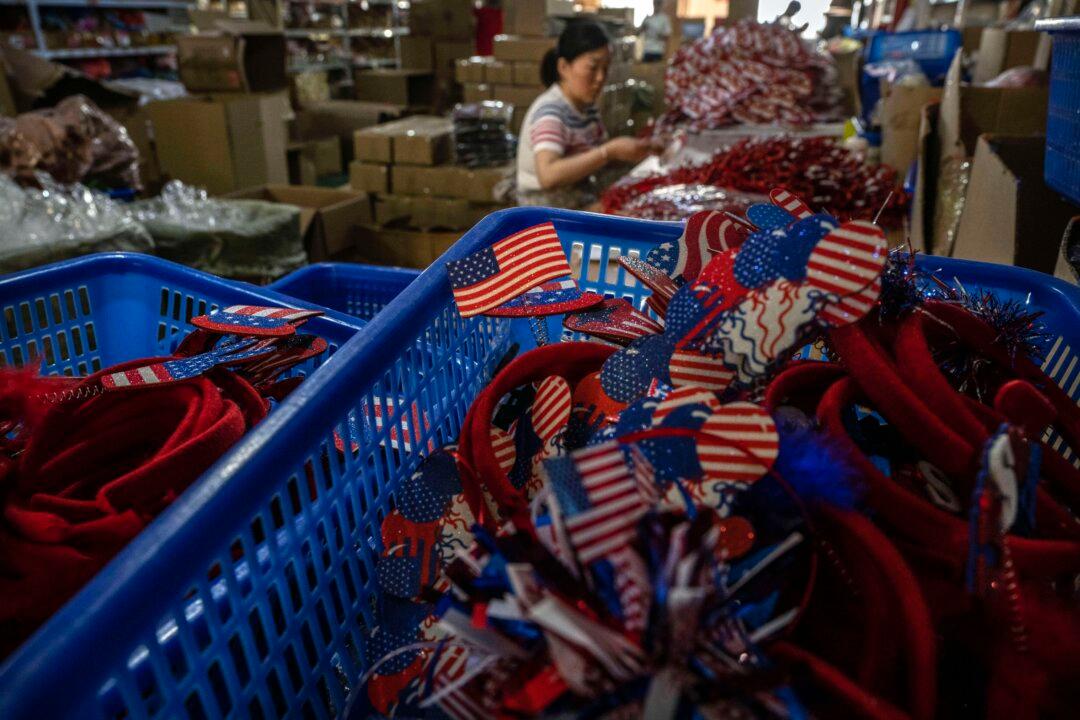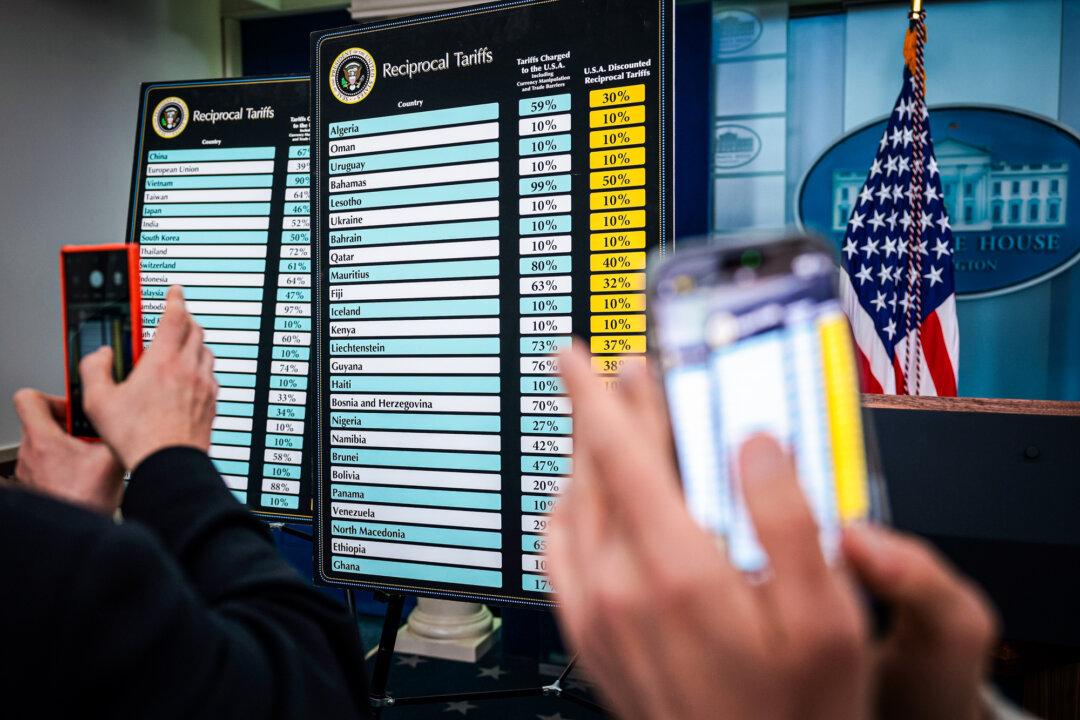Even as Chinese leader Xi Jinping and President Donald Trump negotiate a new trade agreement, China continues to bypass U.S. tariffs through a global network of loopholes, rerouting schemes, and gray market tactics that keep its exports flowing into the United States despite trade restrictions.
One of the most exploited channels was the de minimis rule, which allowed individual packages valued under $800 to enter the United States duty-free. Originally intended to ease customs processing, the rule instead fueled a surge in low-cost, fast-shipping platforms such as Temu and Shein.
In 2024 alone, more than 1.36 billion de minimis shipments entered the United States, up from 637 million in 2020, with an average value of just $54, according to U.S. Customs and Border Protection. These packages bypassed customs checks and tariffs, giving Chinese sellers, such as Temu, a price advantage of 20 percent to 30 percent over Amazon and flooding the market with cheap goods. Textiles alone made up more than half the total value of de minimis imports, hitting the U.S. textile industry especially hard.
U.S. officials say the rule not only hurts American industries but also enables the import of unsafe or illicit products, including fentanyl precursors. On May 2, Trump formally closed the de minimis loophole for Chinese goods, calling it a “scam” that damaged small businesses and threatened national security.
Temu and Shein, whose business models relied heavily on this loophole, have scrambled to adapt. Temu halted direct shipments from China, stocked U.S. warehouses in advance of the rule change, and began actively recruiting U.S.-based sellers. The company now labels imported products with “import charges” and emphasizes “local” goods for American customers. Shein, meanwhile, has rolled tariffs into its listed prices to maintain its U.S. market share.
Postal shipments are another method Chinese companies use to circumvent tariffs. Unlike private carriers such as FedEx or UPS, which must verify origin and collect tariffs, the U.S. Postal Service and foreign postal systems are not required to confirm a product’s origin. This makes it easier to route goods through third countries like Canada or the European Union and falsely claim eligibility under the de minimis rule.
China has also expanded its use of gray zone trade tactics by employing transshipment, committing document fraud, practicing under-invoicing, and utilizing overseas assembly. Chinese exporters are routing goods through Vietnam, Malaysia, Indonesia, Thailand, and even the European Union, where products are repackaged or relabeled to obscure their origin. In April, China’s overall exports rose by 8 percent year-over-year, even as direct exports to the United States fell by 21 percent, which is clear evidence of successful rerouting.
Cities like Yiwu, home to the world’s largest wholesale market, have become epicenters of this workaround economy. Local logistics firms openly advertise services that reroute steel through India or mattresses through Singapore, offering “neutral packaging” to hide the goods’ Chinese origin. Ads on Chinese social media promote these services with slogans like “Say goodbye to U.S. tariffs,” while some Chinese companies have relocated parts of their supply chain abroad to obtain origin certificates from third countries.
Yiwu-based exporters have also gone global. State-owned Yiwu China Commodities City has established overseas trading hubs in places such as Dubai’s Jebel Ali Free Zone, where Chinese goods can be re-exported under local labels. Dubai has seen a spike in interest from Chinese businesses since the latest tariffs, with companies seeking local certificates of origin to legally bypass U.S. restrictions.
Beyond fraudulent origin labeling, China is expanding its global manufacturing footprint by building overseas factories for electric vehicles, electronics, and solar panels in order to grow market access and sidestep tariffs. While some companies have relocated production, many defaulted to paperwork fraud when new factories were delayed or lacked capacity. The U.S. Commerce Department recently accused Chinese solar companies of routing goods through Southeast Asia with only minimal processing to avoid duties.
To counter these tactics, the Trump administration imposed tariffs on all its trading partners, stepped up customs enforcement, and issued 90-day reprieves to Vietnam and Thailand, which have since tightened origin verification procedures. Both countries centralized export certificate approval, expanded watchlists, and now use artificial intelligence to track re-export routes in real time.
Still, enforcement has lagged behind the booming online trade in circumvention services. Legal warnings posted by sellers caution that tariff fraud can result in 20-year prison terms and 300 percent financial penalties, but customs systems remain overwhelmed by demand.
Meanwhile, regional crackdowns are underway. South Korea’s customs agency seized more than $20 million in falsely labeled Chinese goods in the first quarter of 2025, most destined for the United States, and has since formed a special investigation unit to work with U.S. Customs and Border Protection on intelligence sharing.
Analysts warn that unless the United States adopts uniform origin tracing and closes postal and offshore loopholes, China will continue exporting at scale under different flags.







